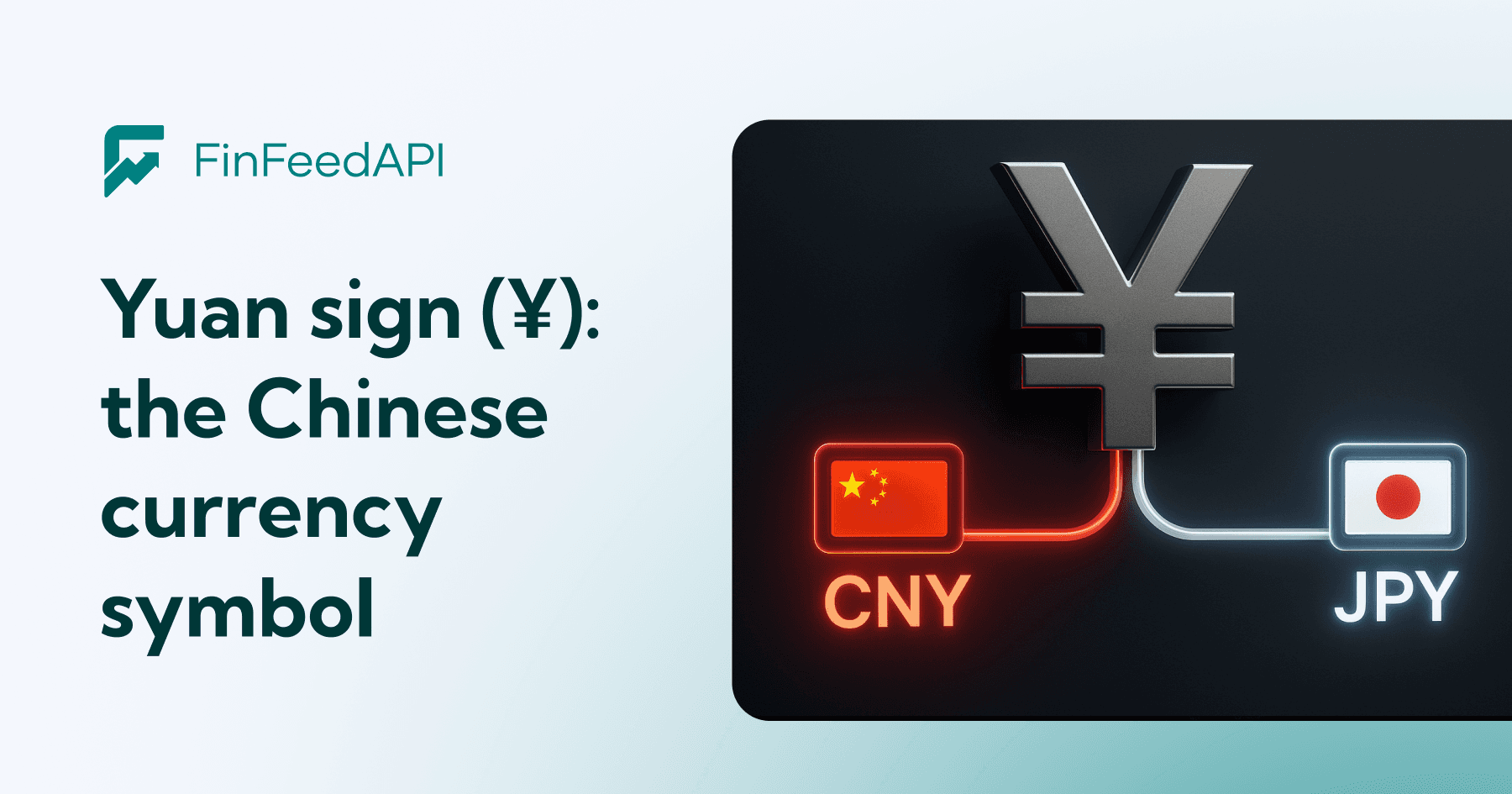The yen symbol (¥) isn’t just a currency sign — it’s one of the most recognized financial symbols in the world. Representing the Japanese yen, it appears everywhere from global forex charts to product price tags in Tokyo. As Japan’s official currency mark, it carries both economic weight and cultural history.
For anyone working with Japanese markets — investors, travelers, developers, or content creators — knowing how to type, format, and use the yen symbol correctly is essential. It’s part of clear communication in international trade, finance, and design.
This guide breaks down everything you need to know: how to type the yen sign across devices, the difference between ¥ and 円, formatting rules for business documents, and why the yen holds such a special place in global finance.
The Two Forms of Yen Representation
The yen appears in two forms: ¥ for global use and 円 for everyday Japanese writing.
Internationally, the ¥ symbol comes before the number (¥1,000), much like the dollar sign, and is standardized as Unicode U+00A5 for universal compatibility.
In Japan, prices use the kanji 円 after the number (1000円), reflecting the native way people read and write amounts.
Both mean “yen,” but one speaks the language of global finance — the other, everyday Japan.
Currency Code and Abbreviation Systems
In global finance, the yen goes by more than just its symbol. Its official ISO code is JPY, short for Japanese Yen, and it appears in trading platforms, banking systems, and international contracts.
To avoid confusion with China’s yuan — which uses the same ¥ mark — some systems write it as JP¥. This small distinction helps traders and analysts tell the two apart in multi-currency environments.
With the yen ranking as the third most traded currency in the world, these codes keep transactions and data consistent across markets that move billions every day.
Typing and Inserting the Yen Symbol Across Devices
Need to type the yen symbol? It’s simple once you know the shortcut.
Here’s how to add ¥ on any device:
| Device Type | Primary Method | Alternative Method | Ease of Use |
| Windows PC | ALT + 0165 | Unicode conversion | High |
| Mac | Option + Y | Character Viewer | Very High |
| iOS | Hold $ key | Copy-paste | High |
| Android | Hold $ key | Symbols keyboard | High |
If all else fails, copy and paste this one: ¥
Proper Usage Rules and Formatting Guidelines
Using the yen symbol correctly is about more than looks — it’s about clarity and professionalism. The right placement and format prevent confusion in international finance or business documents.
Placement
In global contexts, the symbol appears before the number with no space: ¥1,000. This mirrors the dollar or euro style and is the format used by banks, trading platforms, and international reports.
In Japan, the reverse applies — amounts are written as 1,000円, with the character 円 after the number. When writing for both audiences, you can show both once for clarity: ¥1,000 (1,000円).
Professional Use
For business, research, or marketing materials, stay consistent. Pick one format — either international (¥) or domestic (円) — and apply it throughout.
Digital and Web Use
The yen symbol (¥) is fully supported in Unicode, so it will display correctly in emails, websites, and e-commerce platforms. Just make sure your text encoding is set to UTF-8 to avoid any display issues.
Consistency signals credibility — especially in financial writing, where precision matters as much as numbers themselves.
Common Challenges and Solutions
Even simple symbols can cause trouble when they cross systems or borders. Here are the most common yen-related issues — and quick ways to fix them.
1. The Symbol Doesn’t Display Correctly
If you see a backslash (\) instead of ¥, your font or encoding is outdated.
Make sure your document uses UTF-8 and a modern font that supports Unicode. Most current systems — Word, Google Docs, macOS, and Android — handle this automatically.
2. Confusing Yen with Yuan
Japan’s yen and China’s yuan share the same symbol, so mix-ups happen.
Use JP¥ for Japanese yen and CN¥ for Chinese yuan when both appear in the same document or market analysis. It’s a small detail that prevents major confusion.
3. Keyboard Layout Issues
Different keyboards place symbols differently. Instead of hunting for the right key, use shortcuts:
- Alt + 0165 (Windows)
- Option + Y (Mac)
Or just copy-paste ¥ when in doubt — it always works.
Small adjustments like these make your documents cleaner, clearer, and globally readable.
Conclusion
The yen symbol is more than a currency mark — it’s a bridge between languages, markets, and cultures.
Whether you’re drafting a contract, coding a finance app, or writing about Japan’s economy, getting ¥ right shows care and competence.
It’s easy to overlook, but attention to small symbols is what separates sloppy communication from professional work.
So before you hit send or publish, double-check: does your yen look the way it should? Precise writing builds trust — and in global finance, trust is worth more than currency.
Related Topics
- Dollar Sign: Complete Guide to Currency Symbol Usage and Applications
- Currencies API: Real-Time & Historical FX Data for Developers
- Yuan Sign (¥): Complete Guide to the Chinese Currency Symbol
Build with Currency Data
Want to integrate real-time currency and forex data — including JPY rates — into your app or trading dashboard?
Try FinFeedAPI’s Currency Data API for instant, reliable access to global exchange information.
→ Start building with FinFeedAPI today.















